The fascinating world of reptile reproduction showcases some of nature’s most extraordinary adaptations and behaviors. Unlike mammals, reptiles employ a diverse range of reproductive strategies that have evolved over millions of years to ensure their species’ survival in various environments. Pet reptile enthusiasts often witness these remarkable breeding behaviors firsthand, from elaborate courtship rituals to surprising parental care. These reproductive peculiarities not only captivate our imagination but also present unique challenges and rewards for breeders. This article explores the most distinctive breeding behaviors observed in commonly kept pet reptiles, highlighting the remarkable diversity that makes reptile husbandry such a fascinating pursuit.
Temperature-Dependent Sex Determination

Unlike mammals, many reptile species don’t have sex chromosomes that determine whether offspring will be male or female. Instead, the incubation temperature of their eggs directly influences the sex of developing embryos. In bearded dragons, eggs incubated at temperatures between 79-86°F (26-30°C) typically produce females, while temperatures between 89-93°F (31-34°C) produce males, with a mixed ratio occurring at intermediate temperatures.
This phenomenon, known as Temperature-Dependent Sex Determination (TSD), presents both challenges and opportunities for reptile breeders who can potentially influence the sex ratio of their clutches. Interestingly, some species like leopard geckos display the opposite pattern, with higher temperatures producing females and lower temperatures producing males.
Parthenogenesis in Komodo Dragons and Other Reptiles
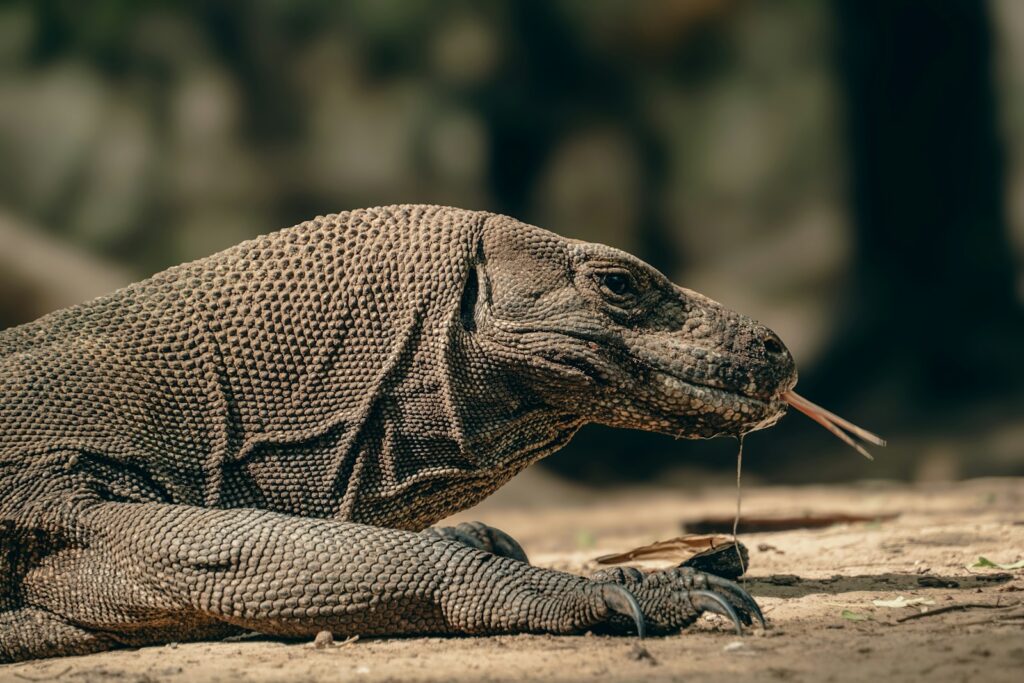
One of the most astonishing reproductive adaptations in reptiles is parthenogenesis—the ability of females to reproduce without male fertilization. While Komodo dragons are perhaps the most famous example, this phenomenon has been documented in several pet reptile species, including certain geckos, monitor lizards, and some snake species. In 2006, scientists confirmed that a female Komodo dragon named Flora, who had never been housed with a male, laid viable eggs that developed into healthy offspring.
This remarkable adaptation allows isolated females to establish new populations when males aren’t available. Interestingly, in most reptile species that exhibit parthenogenesis, the offspring are typically all male, ensuring that when these offspring mature, sexual reproduction can resume.
Sperm Storage in Female Reptiles

Many female reptiles possess specialized structures called sperm storage tubules that allow them to store viable sperm for extended periods after mating. Ball pythons have been documented to produce fertile eggs up to five years after their last contact with a male, thanks to this remarkable adaptation. This capability creates considerable confusion for breeders who may witness a female suddenly producing fertile eggs despite no recent exposure to males.
In certain species like geckos and some turtles, females can store sperm from multiple males, allowing for clutches with mixed paternity or enabling them to selectively use sperm from different males based on environmental conditions. This adaptation provides females with reproductive autonomy and ensures that breeding can occur at the optimal time for egg development and hatching.
Male Combat Rituals in Snakes
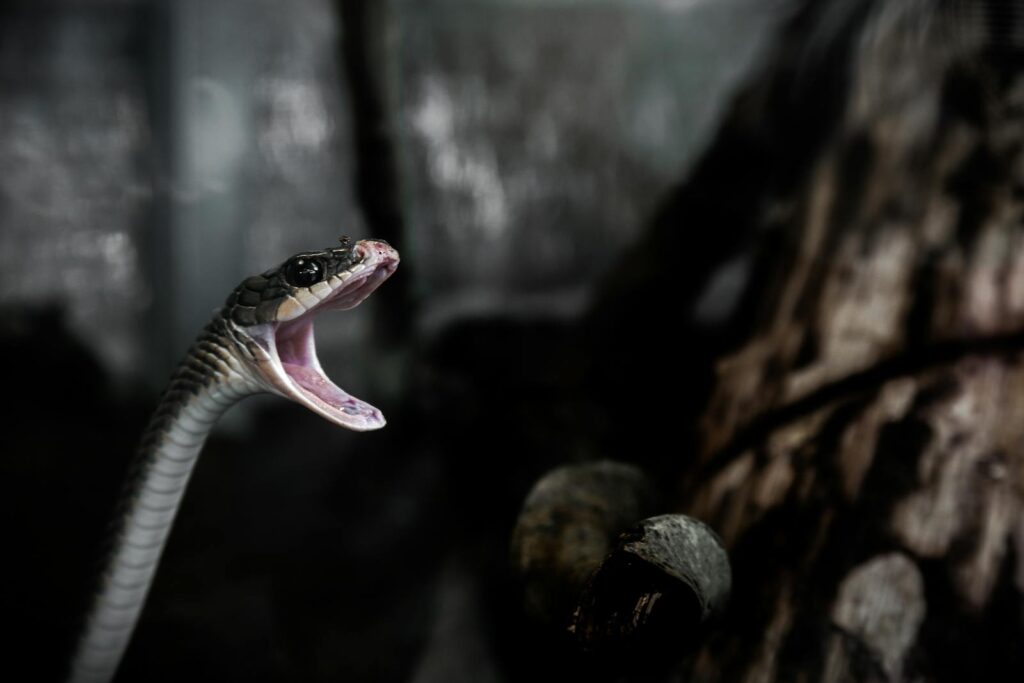
Many snake species engage in dramatic combat rituals during the breeding season, particularly within the python and boa families. Male ball pythons, for instance, engage in “wrestling matches” where they intertwine their bodies and attempt to press each other’s heads to the ground, establishing dominance without causing serious harm. These rituals can last for hours, with the victorious male gaining breeding access to nearby females.
In more extreme cases, rattlesnakes and some other vipers engage in “combat dances” where males raise the front third of their bodies and attempt to topple their opponent, creating a spectacle reminiscent of fencing. For captive breeders, witnessing these combat behaviors often signals the onset of breeding season and can be used as a cue that females are becoming receptive.
Cloacal Spurs and Courtship in Boas and Pythons
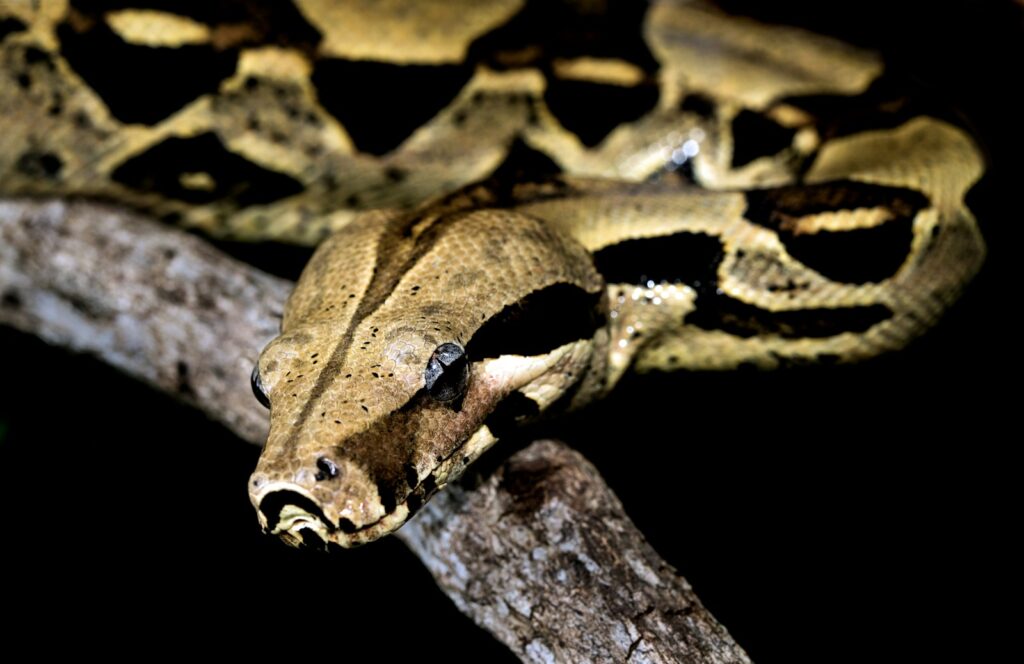
Male boas and pythons possess specialized structures called cloacal spurs—small, claw-like appendages located on either side of their cloaca that represent vestigial limbs from their evolutionary past. During courtship, males use these spurs to tickle and stimulate females, often creating rhythmic contractions along their bodies. This courtship behavior can persist for days or even weeks before successful mating occurs.
The size and shape of these spurs vary between species, with some like the Green Tree Python having particularly prominent ones that facilitate a more complex tactile courtship. Ethical breeders understand the importance of these extended courtship periods and avoid rushing or forcing breeding attempts, as these evolved behaviors play crucial roles in successful reproduction.
Maternal Incubation in Ball Pythons
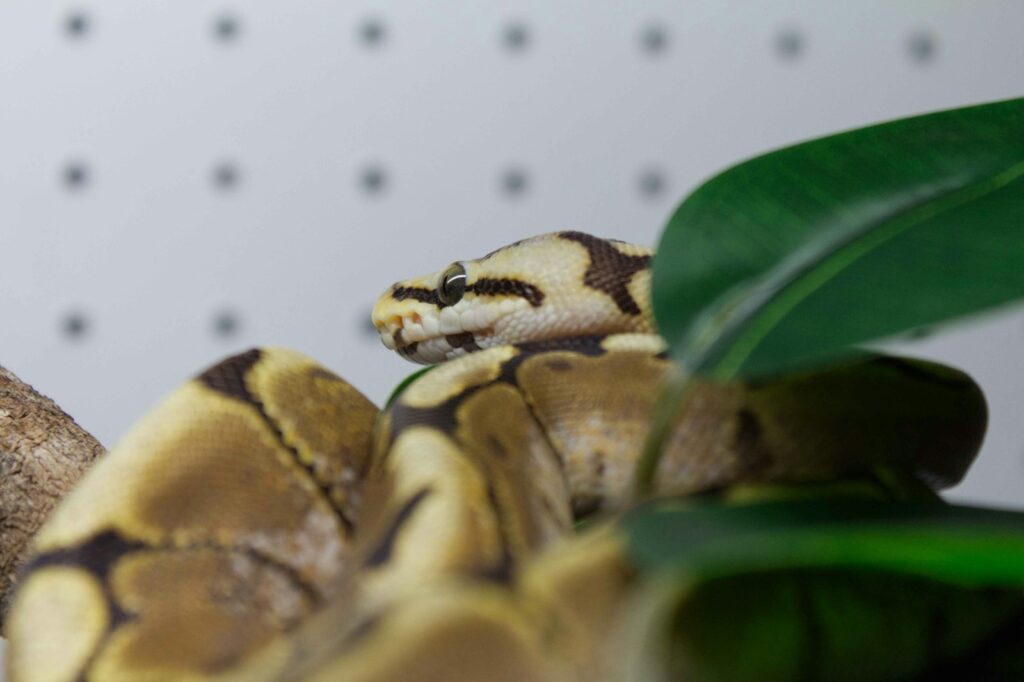
Ball pythons exhibit remarkable maternal behaviors that set them apart from many other reptile species. After laying her eggs, a female ball python will coil around her clutch, creating a protective fortress while also providing temperature regulation through muscular contractions that generate heat. This maternal thermoregulation can raise the temperature around the eggs by several degrees, demonstrating a rare form of parental care in reptiles.
During the approximately 60-day incubation period, the female may occasionally leave briefly to drink water but generally remains vigilant, even refusing food until her eggs hatch. This behavior presents unique considerations for breeders, who must decide whether to allow natural maternal incubation or to remove eggs for artificial incubation in controlled conditions.
Live Birth in Boa Constrictors
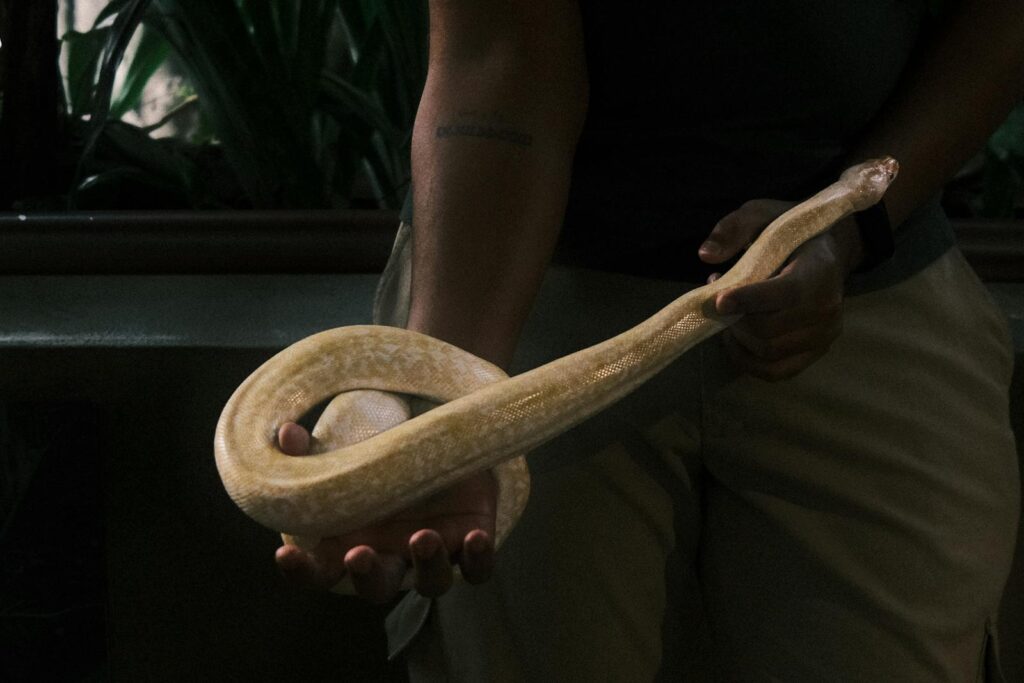
While many people assume all reptiles lay eggs, several popular pet species, including boa constrictors, give birth to fully-formed live young through a process called viviparity. Unlike mammals, these reptiles don’t nourish their developing offspring through a placenta but instead provide nutrients through specialized egg structures that develop internally. A female boa constrictor may carry her developing young for 4-8 months, depending on environmental conditions and her own health status.
When birth begins, the process can last several hours as she delivers anywhere from 10 to over 60 young snakes, each encased in a thin membrane that they quickly break through. This reproductive strategy provides greater protection to developing offspring compared to egg-laying, particularly in environments where eggs might be vulnerable to predation or unfavorable conditions.
Facultative Parthenogenesis in Crested Geckos
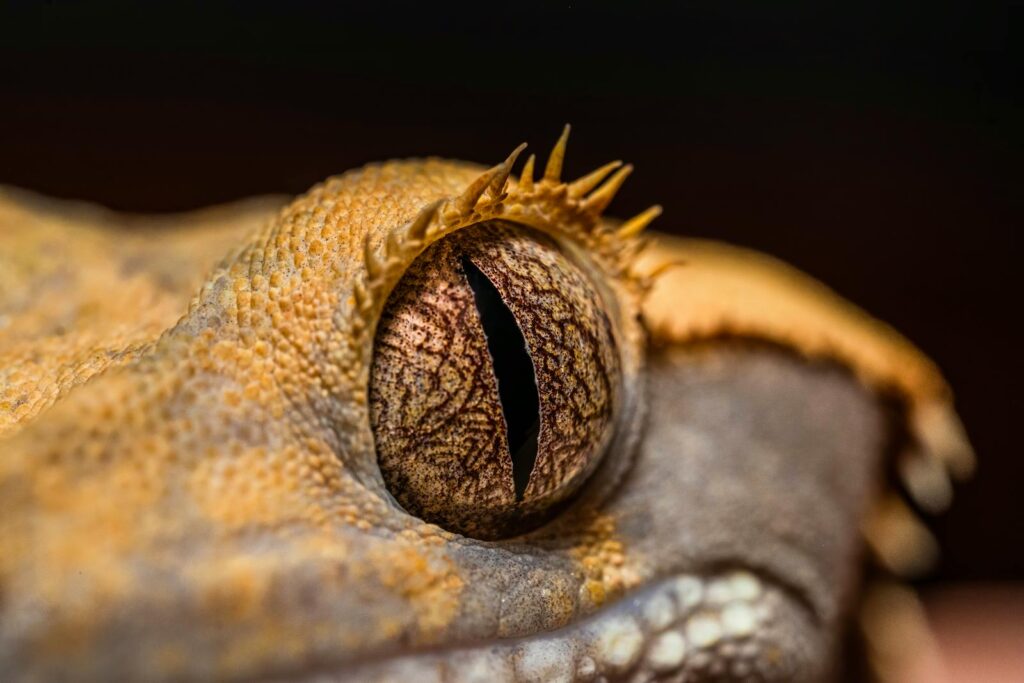
Crested geckos exhibit a fascinating reproductive adaptation known as facultative parthenogenesis, where females can switch between sexual reproduction and asexual reproduction depending on the availability of males. This flexibility allows isolated female crested geckos to produce viable offspring without mating, though these offspring are typically less genetically diverse than those produced through sexual reproduction. Interestingly, when a female crested gecko reproduces via parthenogenesis, her offspring are generally female, creating a potentially self-sustaining all-female lineage.
Reptile keepers sometimes unexpectedly discover this phenomenon when a solitary female suddenly produces fertile eggs, leading to confusion about possible undetected matings. This reproductive strategy represents an evolutionary advantage that allows the species to colonize new territories even when population densities are low.
Tail Waving Courtship in Leopard Geckos
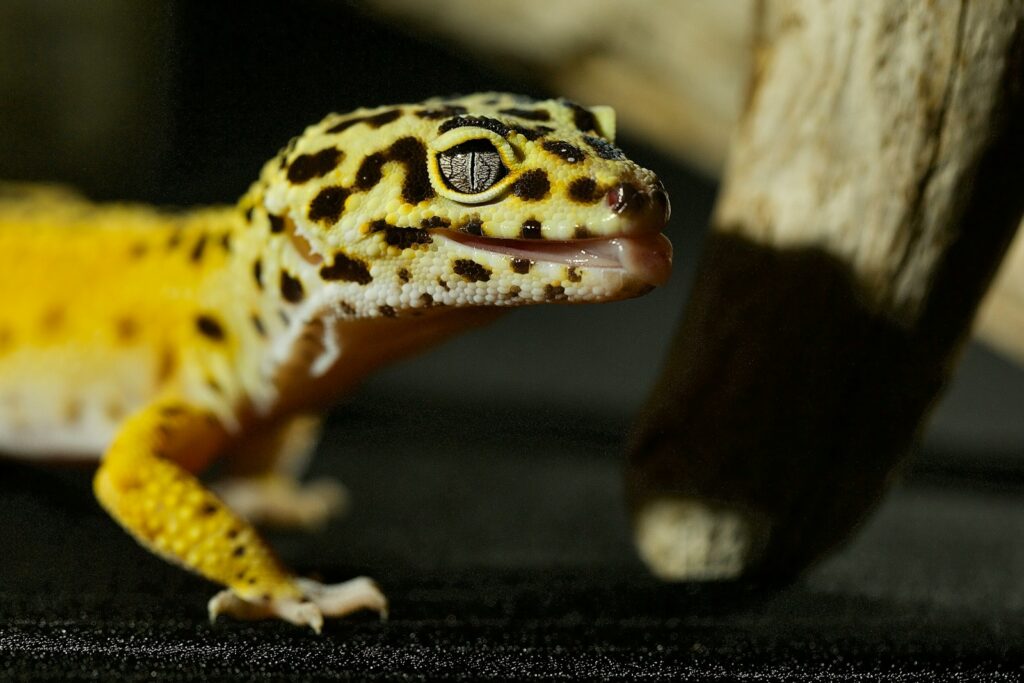
Male leopard geckos employ a distinctive courtship behavior called “tail waving” to attract potential mates and signal their intentions. This behavior involves rapidly vibrating or waving their tail in a specific pattern while approaching females, creating a visual display that communicates readiness to mate. If the female is receptive, she may remain still and allow the male to proceed with courtship; if unreceptive, she might respond with aggressive tail waving of her own or attempt to flee.
Experienced breeders use these behavioral cues to determine optimal timing for introducing breeding pairs. During the height of breeding season, males may become so focused on these courtship displays that they temporarily reduce their feeding, prioritizing reproductive opportunities over nutrition.
Post-Ovipositional Parental Care in Crested Geckos

While most reptiles abandon their eggs immediately after laying, crested geckos exhibit an unusual level of post-ovipositional care that’s rare among reptiles. After depositing her eggs, a female crested gecko often remains near them for several hours, seemingly monitoring them and occasionally touching them with her snout or limbs. This behavior appears to serve both protective and assessment functions, as the female may reposition eggs that weren’t properly placed or defend them from immediate threats.
Researchers speculate that this brief period of parental attention helps ensure the eggs are deposited in optimal microhabitats with appropriate moisture levels and protection. For breeders, understanding this behavior helps explain why disturbing females too soon after egg-laying can cause stress and potentially affect future reproductive success.
Seasonal Hemipenis Development in Male Bearded Dragons
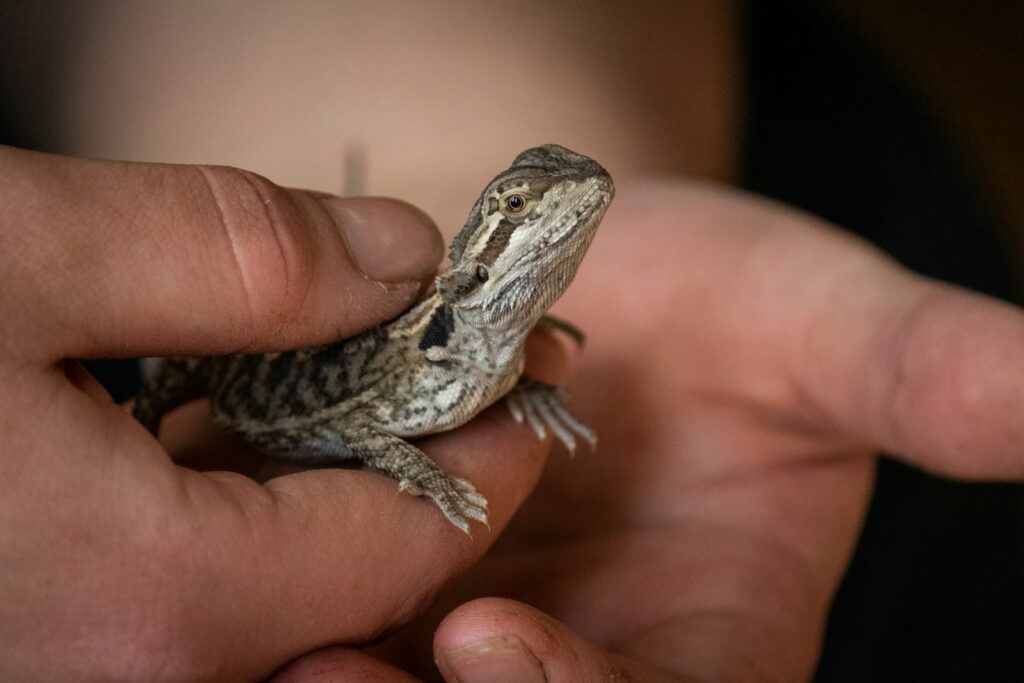
Male bearded dragons exhibit a remarkable physiological adaptation where their reproductive organs (hemipenes) undergo seasonal changes in size and functionality. During the breeding season, typically triggered by changes in light cycles and temperature, male beardies experience significant enlargement of their hemipenes, accompanied by increased sperm production and more prominent femoral pores. These changes are often visible as bulges at the base of the tail and correspond with heightened territorial and courtship behaviors.
Outside of breeding season, these structures regress substantially, allowing the animals to conserve energy and resources when reproduction isn’t viable. Responsible breeders use this knowledge to provide appropriate seasonal cycling for their animals, mimicking natural light and temperature patterns to promote reproductive health rather than forcing continuous breeding readiness.
Egg-Guarding Behavior in Female Crested Geckos

Female crested geckos display an unusual egg-guarding behavior immediately after laying their clutches, standing guard over newly deposited eggs for periods ranging from several hours to a full day. During this time, they may actively defend the eggs against potential threats, including other geckos that might disturb or damage them. This temporary maternal investment represents an evolutionary strategy to ensure eggs are properly set in their environment before the female returns to her normal activities.
Breeders who observe this behavior know to provide privacy and minimal disturbance during this critical period. While this guarding behavior is short-lived compared to the extended parental care seen in birds or mammals, it represents one of the more sophisticated parental investments observed in reptiles commonly kept as pets.
Synchronized Breeding in Day Geckos
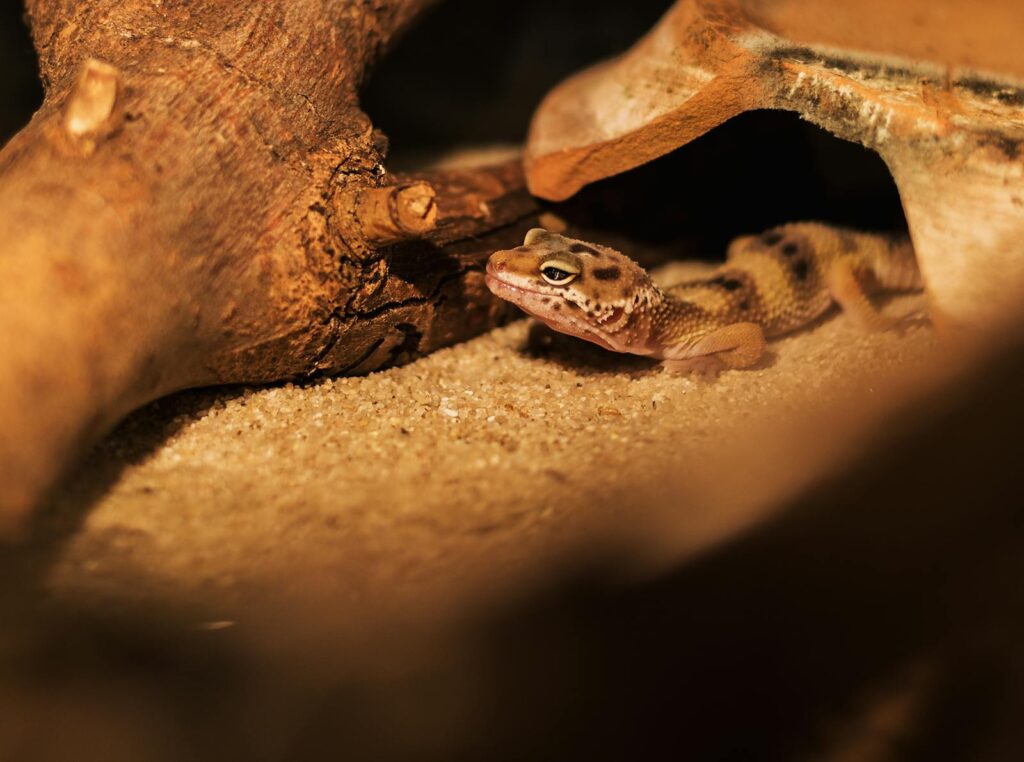
Day geckos, particularly those from the Phelsuma genus, exhibit a fascinating synchronized breeding strategy tied closely to seasonal changes. When environmental conditions signal the onset of the breeding season—typically coinciding with increased rainfall and humidity—entire populations of day geckos begin courtship and breeding activities within a remarkably short timeframe. This synchronization ensures that hatchlings emerge during periods of maximum food availability and optimal environmental conditions.
In captivity, experienced breeders can trigger this synchronized breeding response by carefully manipulating environmental parameters, particularly by gradually increasing humidity and adjusting light cycles to simulate natural seasonal changes. The striking blue-green eggs of day geckos are typically laid in communal sites, with females often selecting the same locations within their habitat for egg deposition, creating natural “nurseries” that may contain eggs from multiple females.
Conclusion
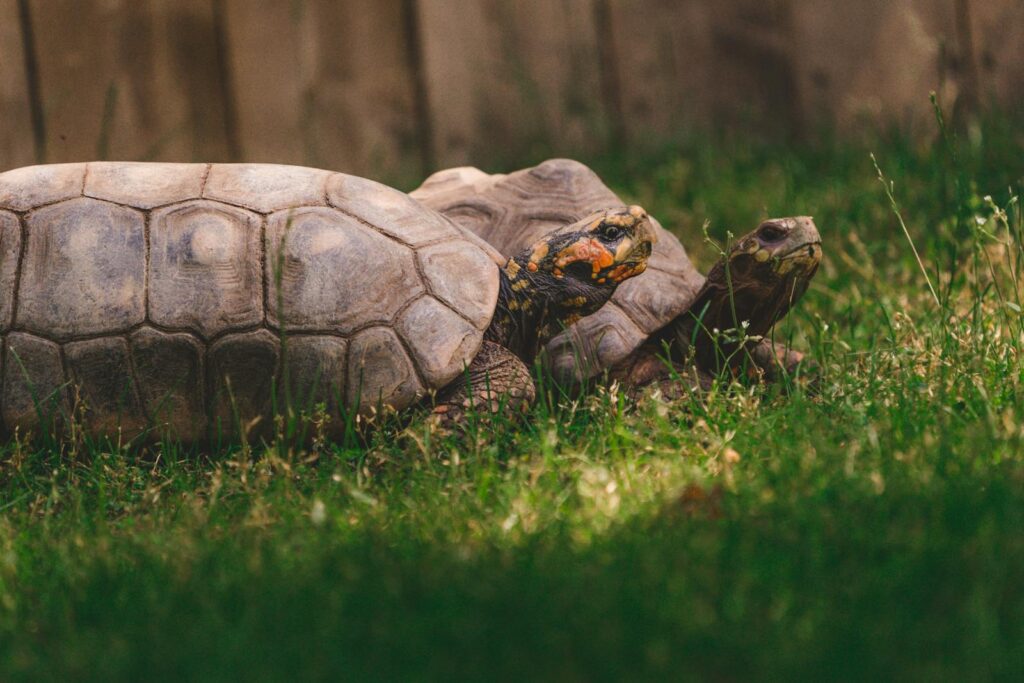
The world of reptile reproduction continues to surprise and fascinate both casual hobbyists and experienced breeders alike. These unique breeding behaviors not only showcase millions of years of evolutionary adaptation but also present both challenges and rewards for those who keep reptiles as pets. From temperature-dependent sex determination to complex courtship rituals, these reproductive strategies demonstrate nature’s remarkable ingenuity. Understanding these behaviors enhances our appreciation for these remarkable creatures and allows us to provide better care for them in captivity. As research continues, we’ll undoubtedly discover even more astonishing reproductive adaptations that further illuminate the complex lives of our scaly companions.

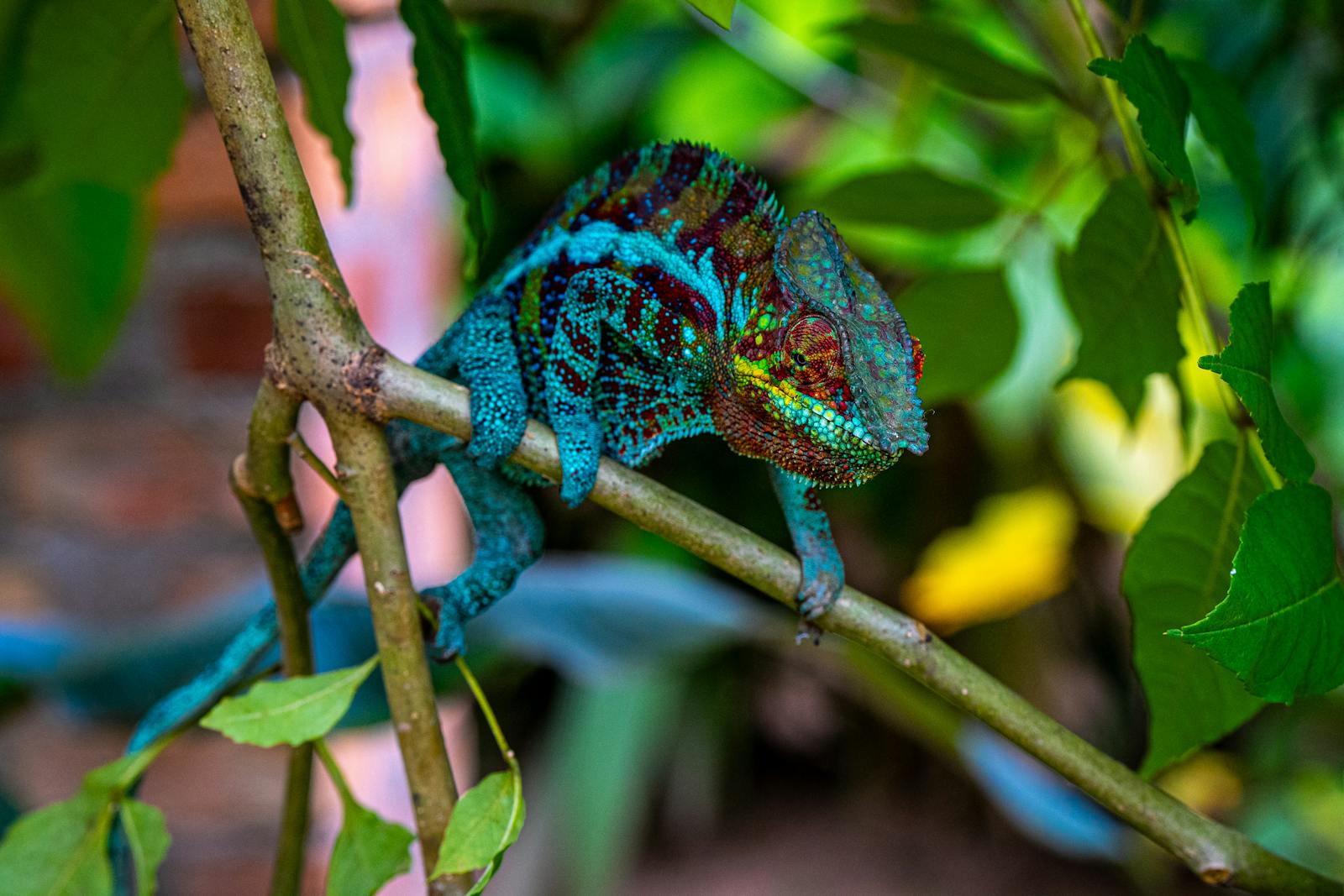







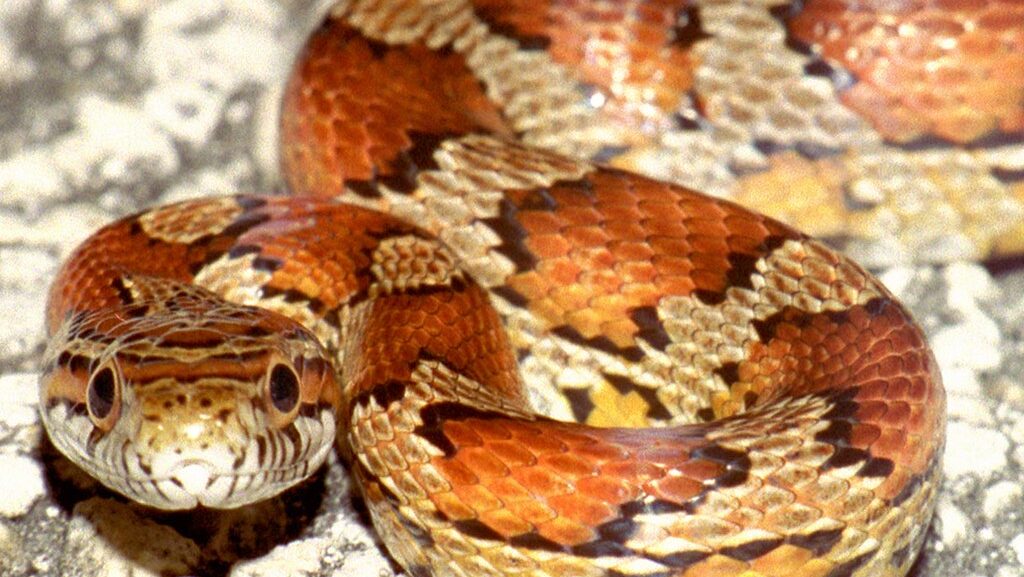
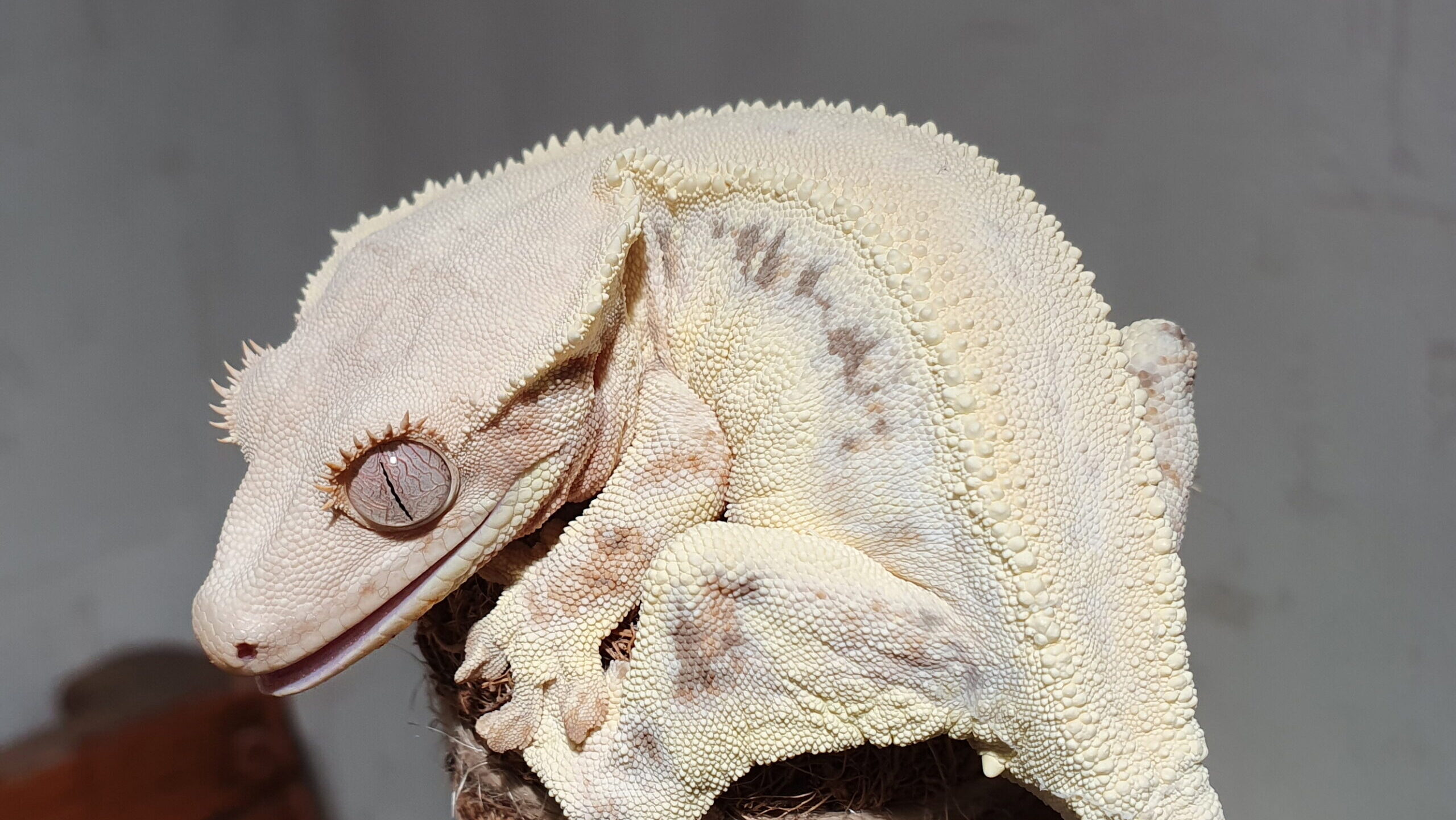





Leave a Reply